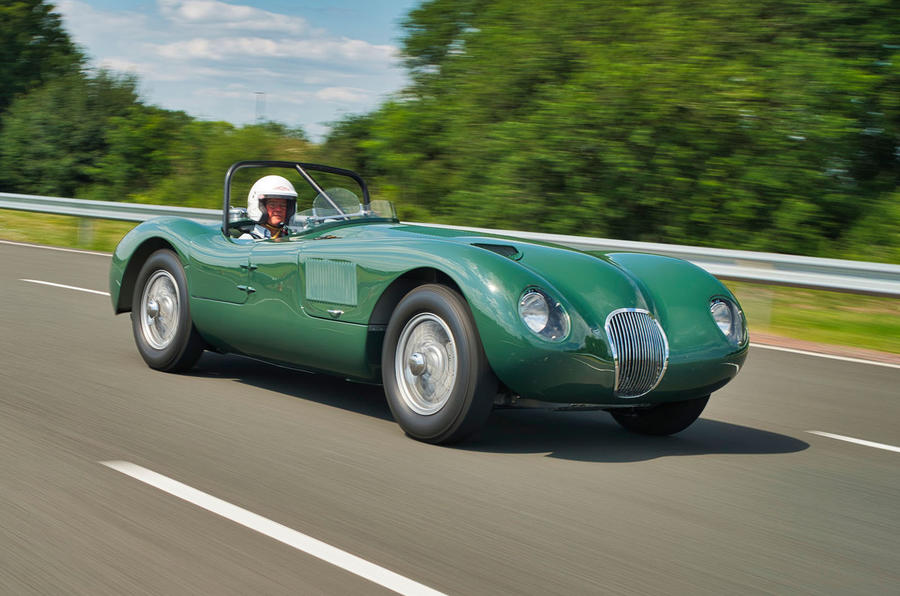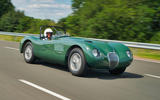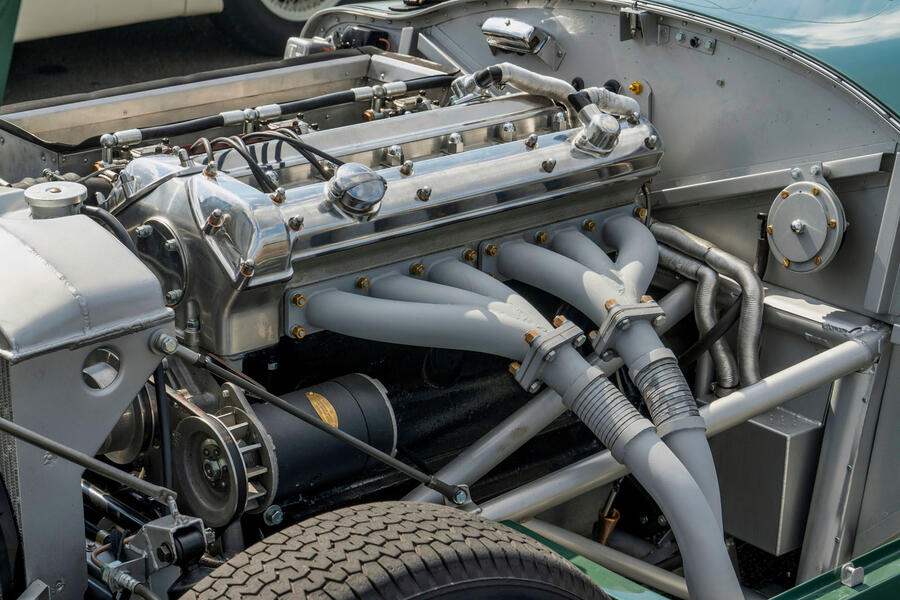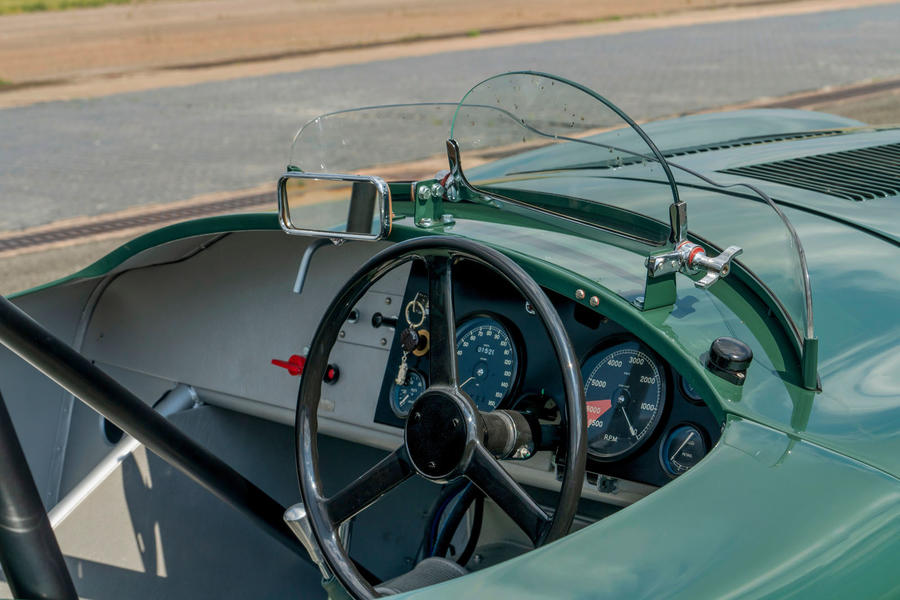The secret behind this car’s glory emerges the instant that you slow it down.
Press the shiny black metal middle pedal and the Jaguar C-Type decelerates with surprising strength, so effective are its discs and their Dunlop hydraulic calipers. It was this mighty ability to shed speed that helped it to win the 1953 Le Mans 24 Hours race. Not that this was the C-Type’s first Le Mans victory: it won in 1951, too, and at the first time of trying, then running with drum brakes against less threatening opposition.
Why are we telling you about an event that occurred 70-odd years ago? Because Jaguar has for the first time allowed a drive in one of its so-called Continuation C-Types, a 21st-century, forensic recreation of the special-bodied Competition version (hence C-Type) of the XK120 sports car.
The trigger for this new build of an old car was the 70th anniversary of that first Le Mans victory, although this recreated C-Type is far from the first Jaguar Continuation model, with new versions of the Jaguar XKSS, Jaguar D-Type, Jaguar E-Type Lightweight and the standard Jaguar E-Type all having been produced in tiny quantities.

In the C-Type’s case, the run is of 16 cars, and if you have a loose £1.5 million (plus taxes), you can have one of the final eight cars. It's an absurd price on one level of course, less so if you consider that one of the original 53 cars will cost you upwards of £3m.











































